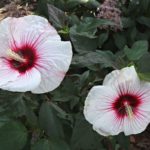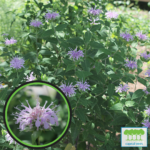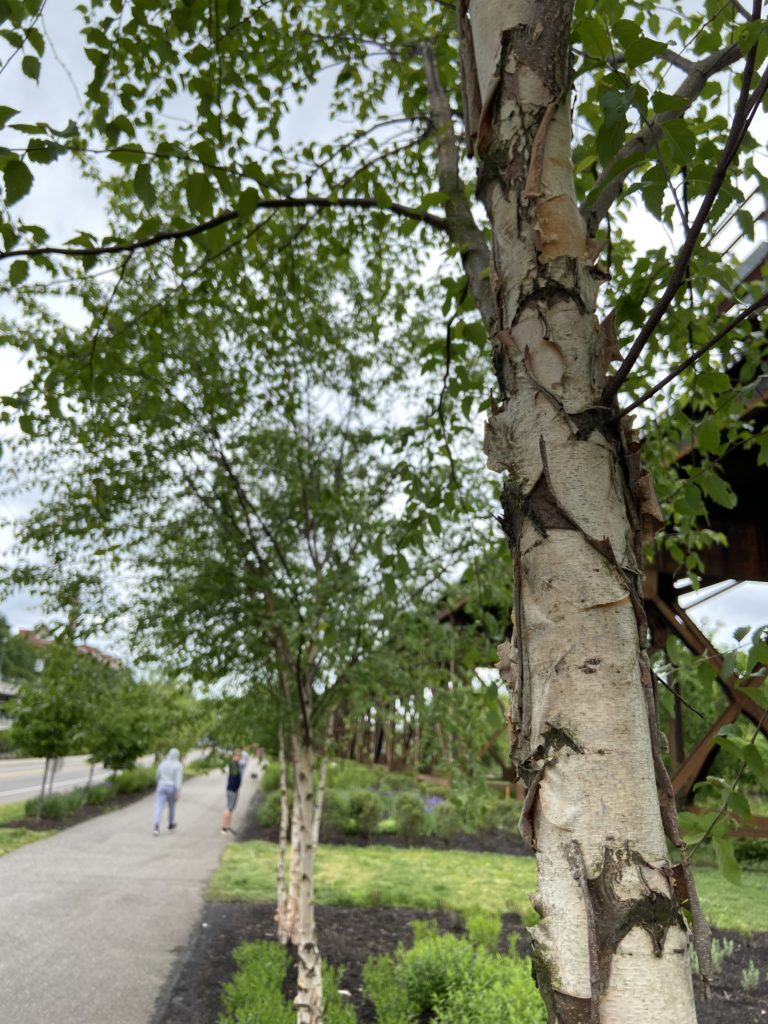Our plant of the month for August is Swamp Rose Mallow Hibiscus moscheutos. It’s a little bit different than the other plants we’ve featured so far because it volunteered at the Low Line. That means we didn’t go to a nursery and plant it on purpose, it just popped up. That doesn’t make it any less valuable to the space though, it’s native to Virginia and brings a lot to the table so we have embraced it as part of the landscape.
... Read more »Posts Categorized: Blog
Summer is flying by and if you need some help slowing it down – stop and smell the Wild Bergamot Monarda fistulosa, our July plant of the month!
This plant is a member of the mint family, and is part of the genus “Monarda” – which includes the ever popular bee balms. The unique looking blooms are typically light violet in color and not only are they eye-catching but they’re fragrant too!
... Read more »
Introducing Blue False Indigo Baptisia australis, our June plant of the month! It’s hard to miss this time of year, as its vibrant blue shoots are prominent at the Low Line. The plant got its common name because of its use in making blue / purple dyes.
Fast facts:
- Native (it’s well adapted to our area, and fits will into the existing ecosystem)
- Perennial (it comes back every year)
- Source of nectar and pollen for: native bees,
Plant Feature: River Birch Betula nigra
Also known as: Black Birch, Red Birch and Water Birch
This month, we’re highlighting the River Birch trees that we have planted at the Low Line Gardens. River Birch trees are native to the East Coast, making them more likely to succeed in our green spaces. Naturally, they’re found close to river beds and flood plains – but they can adapt to other environments as well.
... Read more »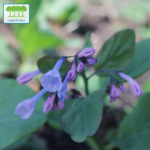
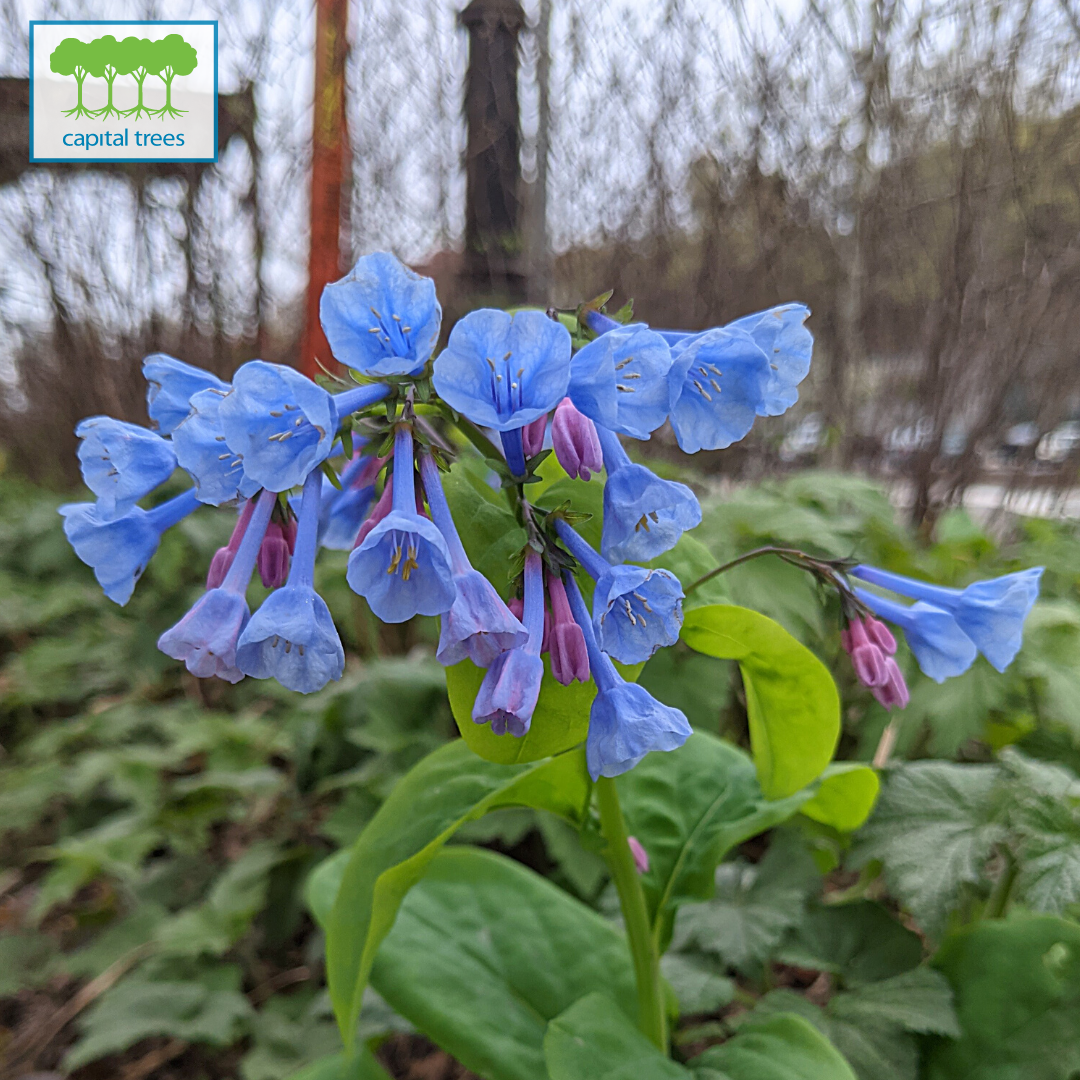 Did you know that only 10% of flowering plants have blue blooms? That makes the blue color of Virginia Bluebells Mertensia virginica even more eye-catching when they pop up in the spring. The flowers are pink at first before turning their famous shade of blue. They’re considered spring ephemerals because they bloom early and briefly in the spring – and their blooms only last for a couple of weeks.
Did you know that only 10% of flowering plants have blue blooms? That makes the blue color of Virginia Bluebells Mertensia virginica even more eye-catching when they pop up in the spring. The flowers are pink at first before turning their famous shade of blue. They’re considered spring ephemerals because they bloom early and briefly in the spring – and their blooms only last for a couple of weeks.
Virginia Bluebells are native and are frequently visited by pollinators in the spring.
... Read more »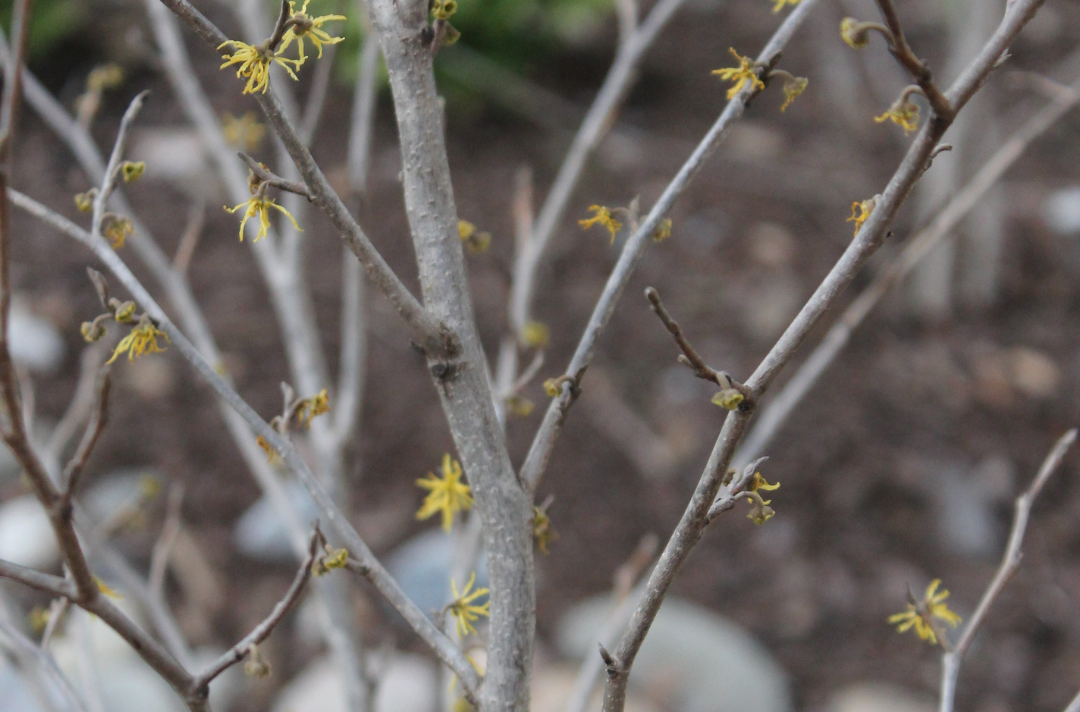
Ever heard of Hamamelis Virginiana?
Perhaps common witch hazel sounds a bit more familiar? That’s because the bark is used in commercial witch hazel, which you’ll find in a variety of skin products.
We have Common Witch Hazel Hamamelis virginiana planted at the Low Line Green. It provides year-round interest with a unique growing and blooming pattern. It loses its foliage in winter, but replaces it with tiny yellow blooms between October and December –
... Read more »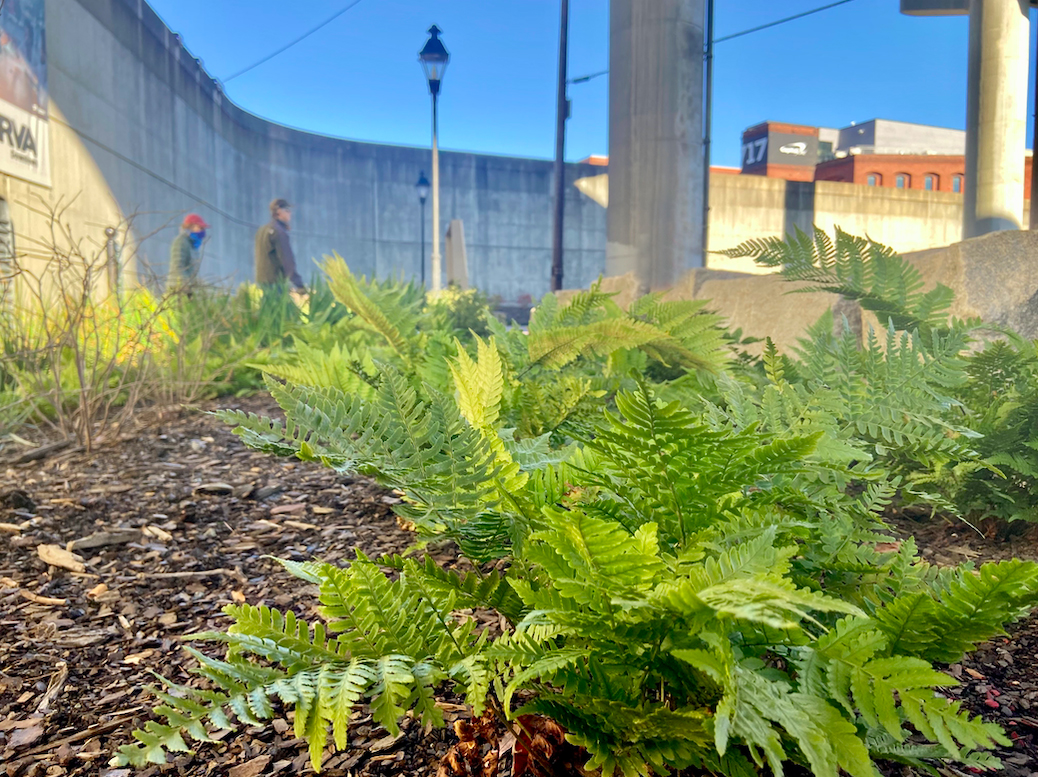 The ferns we planted at the Low Line Green are low-lying which makes them great ground cover. They do well in shady areas, and thrive in moist soil – making them an appropriate choice for rain gardens like the one at the Green. Plus, the texture of the leaves bring long-lasting interest to greenspace.
The ferns we planted at the Low Line Green are low-lying which makes them great ground cover. They do well in shady areas, and thrive in moist soil – making them an appropriate choice for rain gardens like the one at the Green. Plus, the texture of the leaves bring long-lasting interest to greenspace.
Pictured here: Autumn Fern Dryopteris erythrosora
Photo credit: Kelly M.
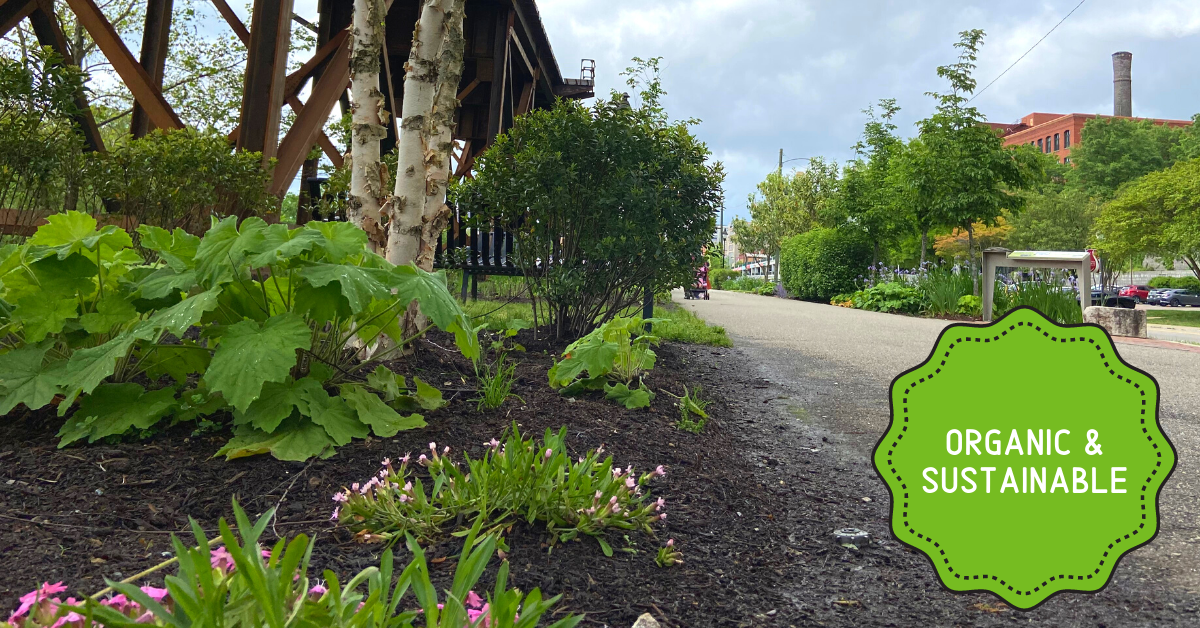
Our mission is to create a greener, more liveable Richmond through the thoughtful planning, planting, and maintenance of public greenspace.
This year, we’re integrating more sustainable management practices into our maintenance protocols for the Low Line and the Low Line Green.
If you’ve ever tried your hand at gardening, you know there is more to it than putting a couple of plants in the ground. The same goes for public landscapes and gardens –
... Read more »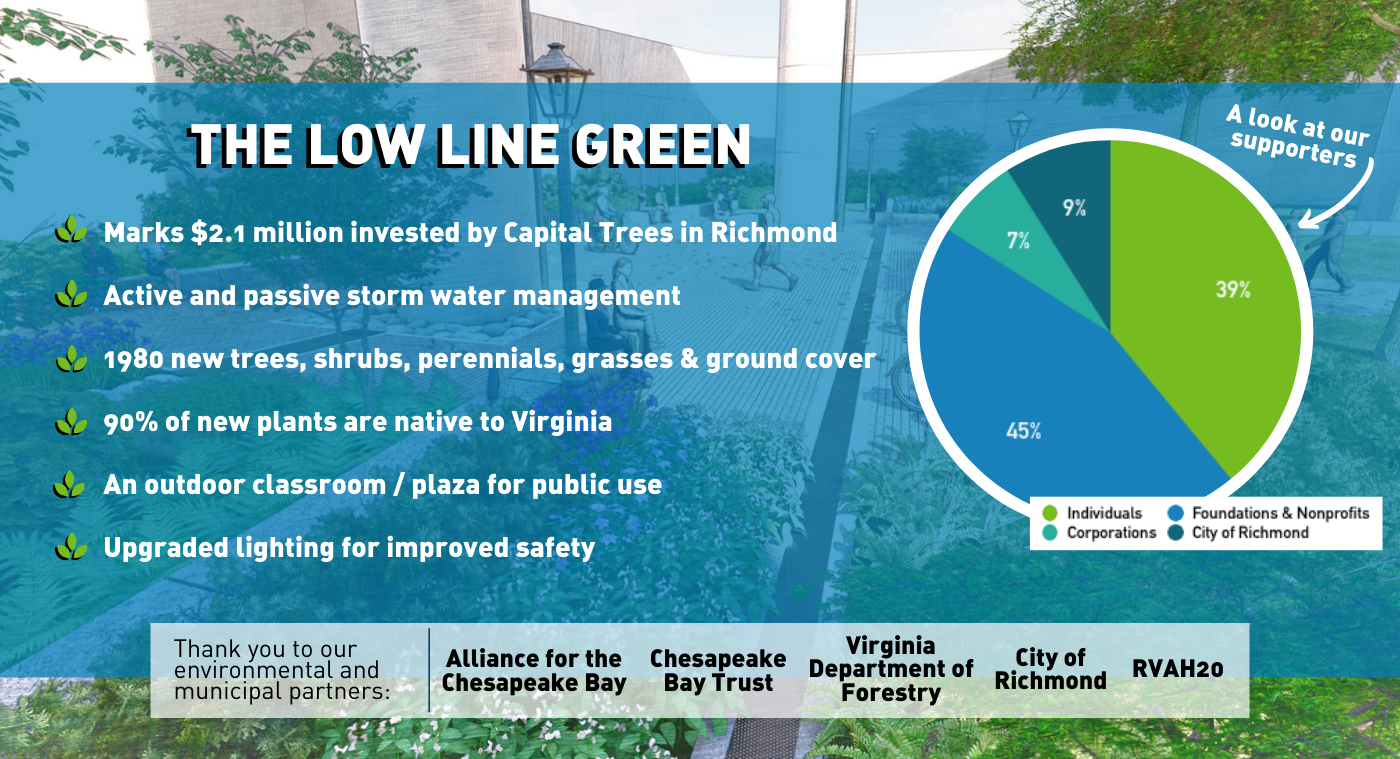
So you want to know more about the Low Line Green… that’s great! We’re thrilled to share.
First, a little about us. Capital Trees is a non-profit urban greening organization. We create and advocate for beautiful, environmentally stable public landscapes with a focus on making more greenspace accessible to folks throughout the City of Richmond. Since 2010, we’ve tackled a variety of projects. To support and execute our work,
... Read more »
